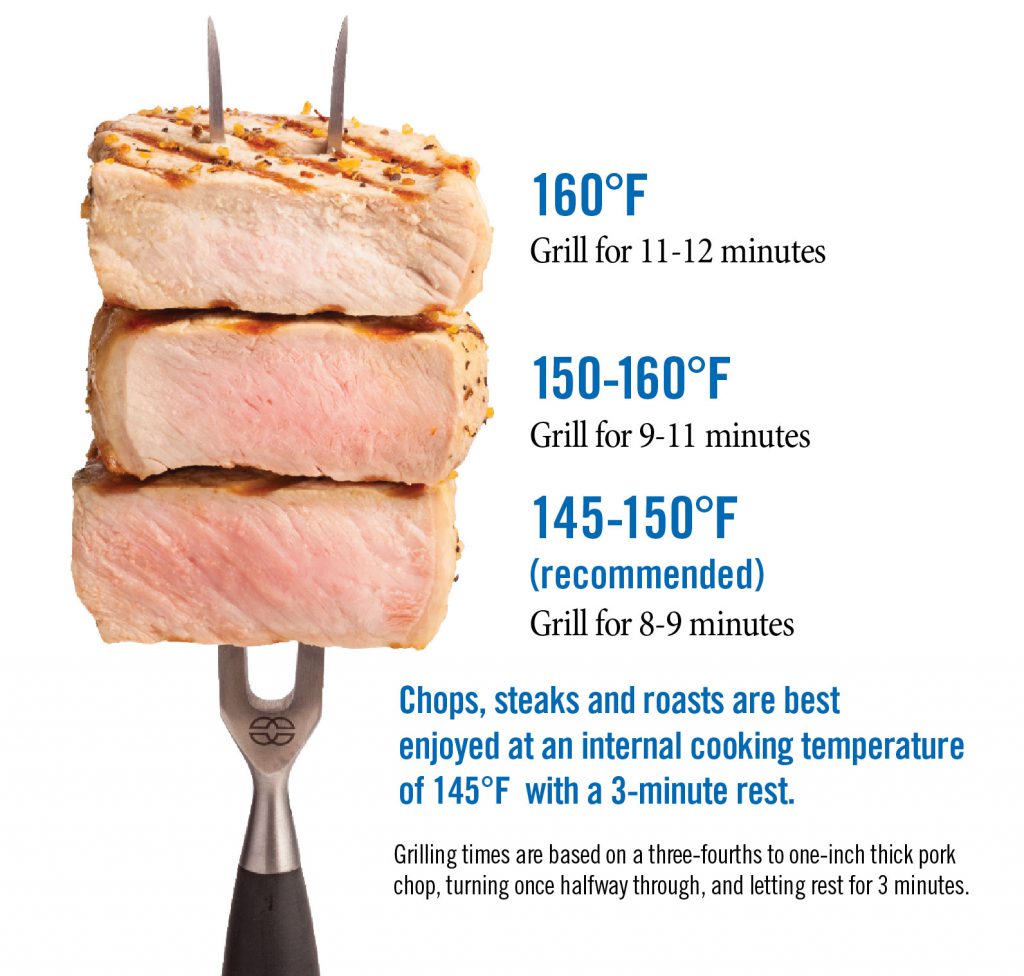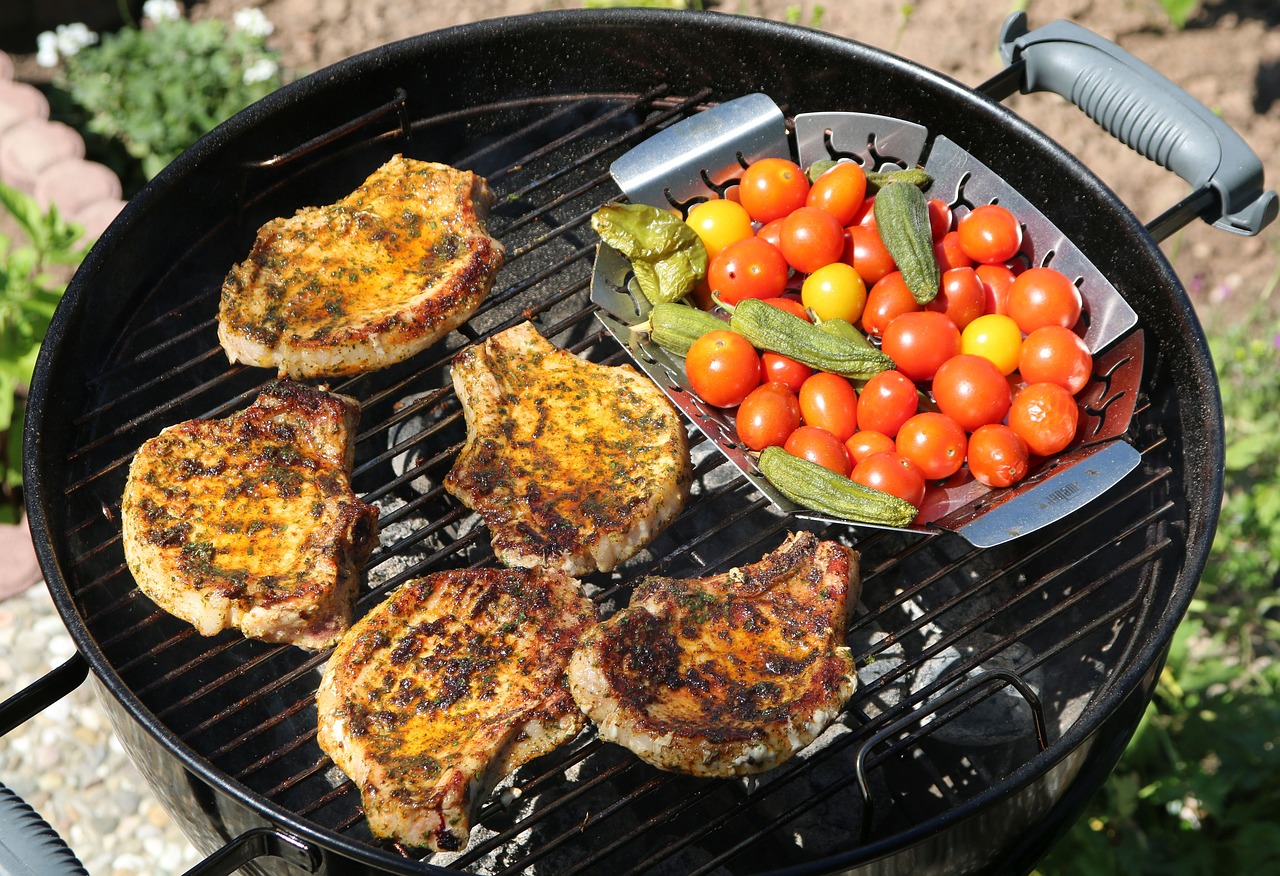Guide To Pork Chop Temperatures: Cook Like A Pro!
Ever wondered why some pork chops are succulent masterpieces while others are dry, disappointing slabs? The secret lies in mastering the art of temperature control get it wrong, and you're compromising both safety and flavor!
Pork chop temperatures are the gatekeepers to a delicious and safe meal. Undercooked pork can be a breeding ground for harmful bacteria, a culinary gamble no one should take. Conversely, overcooking strips the chop of its moisture, leaving you with a tough, less-than-desirable texture. The gold standard, as championed by the USDA, is an internal temperature of 145F (63C). At this sweet spot, the pork is not only safe to consume but also boasts a tenderness and juiciness that will have you reaching for seconds. This isn't just about following rules; it's about unlocking the full potential of this versatile cut of meat.
| Topic | Pork Chop Temperatures and Cooking |
|---|---|
| Key Internal Temperature | 145F (63C) |
| Reason for Temperature | Ensures safety by eliminating harmful bacteria and optimizes tenderness and juiciness. |
| Bacteria Eliminated | Salmonella and Trichinella |
| Primary Concern with Undercooked Pork | Risk of foodborne illnesses due to bacterial contamination. |
| Primary Concern with Overcooked Pork | Dryness and toughness due to moisture loss. |
| Recommended Tool | Meat thermometer |
| Importance of Tool | Accurately measures internal temperature, ensuring optimal safety and taste. |
| Where to Insert Thermometer | Thickest part of the chop, avoiding bones. |
| Resting Period | A few minutes before slicing and serving. |
| Purpose of Resting Period | Allows juices to redistribute throughout the meat, enhancing flavor and tenderness. |
| Additional Tips | Choose high-quality pork chops with good marbling; experiment with seasonings, rubs, and marinades; master different cooking methods (grilling, pan-searing, roasting). |
| Cooking Methods | Grilling, pan-searing, roasting, reverse searing, brining, sous vide. |
| Advanced Techniques | Reverse searing for flavorful crust and tender interior; brining to enhance juiciness and tenderness; sous vide for precise temperature control. |
| Flavor Development | Maillard reaction during cooking contributes to the overall taste and aroma. |
| External Resources | USDA Food Safety and Inspection Service |
- Does Its Always Sunnys Kaitlin Olson Related To Twins Facts Here
- Exploring Thick Ebony Backshots Allure Culture Amp Impact 2024

Pork’s 3 Keys to Building Consistency Pork Checkoff

What Is Right Pork Chop Temperatures to Making a Juicy Pork Chop? Iupilon

Looking to Make Perfect Pork? Pork chop temperature, Perfect pork